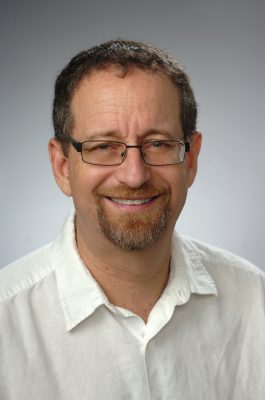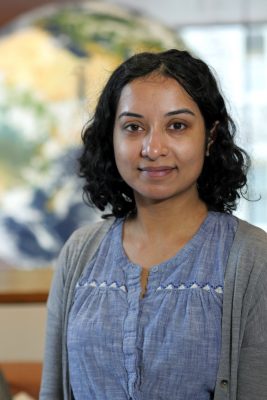Environmental Experts Weigh In on Growing Wildfires Out West
January 8, 2025
Devastating wildfires in Southern California have prompted widespread evacuations, destroyed more than 1,000 structures and burned thousands of acres. The strong winds and dry conditions have been cited as major contributing factors to the widespread weather event.
Two Syracuse University faculty experts weigh in on the historic natural disaster impacting California this week. Their comments below can be quoted directly. They are also available for interviews.
********
Fires burning now cannot be dismissed as anomalous events

Jacob Bendix
Jacob Bendix is professor emeritus in the Geography and the Environment Department in Syracuse University’s Maxwell School. His research areas include impacts of disturbance (principally fire and floods) on plant communities and media coverage of the environment. He has spoken extensively with journalists about the 2023 Canadian wildfires, California Corral Fire and the Maui wildfires.
Currently, he is available to answer questions via email.
Bendix says:
“The fires currently devastating multiple neighborhoods in the Los Angeles area serve to remind us of the impact of climate change. The fires are driven by the infamous downslope Santa Ana winds that become hotter and drier as they descend, creating particularly incendiary conditions. These winds are strongest in the winter, but historically by winter there was enough rain to soak fuels and limit wildfires. Thus, Santa Ana-driven fires were usually concentrated in the fall, when the winds had begun but fuels were still dry.
“This is where climate change comes in. It is already January, but Southern California remains dry, gripped by drought and high temperatures. Both drought and heat are known to be more likely in the context of human-caused climate change, so the fires burning now cannot be dismissed as anomalous events. We must recognize that such fires are likely to become more common in the future. The news stories each time will fade after a few days or weeks, but the impacts in terms of lost homes and workplaces will last far longer for local residents, and virtually everyone in the region is likely to face escalating insurance costs, or difficulty obtaining insurance at all.”
This is the ‘new reality’ for Southern California communities

Tripti Bhattacharya
Tripti Bhattacharya is an associate professor in the Earth and Environmental Sciences Department in Syracuse University’s College of Arts and Sciences. Her work focuses on understanding the sensitivity of regional rainfall to global climate change.
She is available for interviews by phone, web video conferencing or email.
Bhattacharya says:
“It’s really devastating to see what is unfolding.
“It is a combination of several factors: one is drought, as Southern California has seen very little precipitation this winter, resulting in extremely dry vegetation and soils. On top of that, recent days have seen gusts of dry wind, typically known as ‘Santa Ana’ winds. These gusts have the ability to cause fire to propagate quickly.
“We cannot attribute a single event to human-caused climate change per se, but we do know from peer-reviewed scientific literature that the length of the fire season is increasing. Moreover, state of the art models analyzed in peer reviewed studies have shown that climate change is responsible overall for higher temperatures and drier vegetation, amplifying forest fire activity.
“This is the new reality communities in places like Southern California are facing.”
To request interviews or get more information:
Daryl Lovell
Associate Director of Media Relations
Division of Communications
M 315.380.0206
dalovell@syr.edu | @DarylLovell
Syracuse University
Search
RECENT PRESS RELEASES
Related Post
